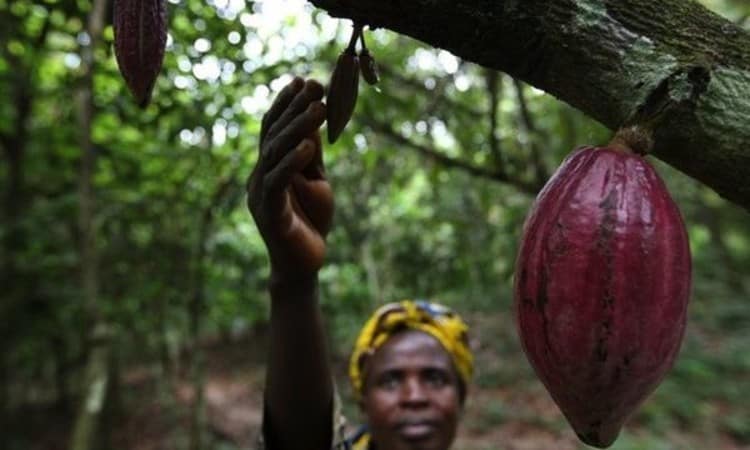It is ironic that I am buying chocolate in bulk to hand out for Halloween the same week I receive a report on gender justice in the cocoa supply chain.
After Oxfam launched its Behind the Brands campaign in the spring of 2013, Mars, Mondelēz, and Nestle – the “Big 3” cocoa companies, who together source nearly 30 percent of the world’s cocoa – all agreed to conduct impact assessments on endemic inequality and discrimination within their supply chains and to publish clear and aggressive action plans to address issues raised. Oxfam, more than 100,000 campaign supporters, concerned investors, and other allies saw these commitments as an important step toward tackling gender inequality.
With the bags of candy on my kitchen counter, the independent evaluation of the progress cocoa companies have made in fulfilling their public commitments landed on my desk.
What did the report say?
Nineteen months later, Mars, Mondelēz, and Nestle can and should be doing more to fulfill their promises to women cocoa farmers and workers.
The evaluation analyzes four gender impact assessments and action plans published for Côte d’Ivoire (all three companies) and Ghana (just Mondelēz), where the companies source most of their cocoa. Each company made positive steps towards addressing gender equality in their cocoa supply chains, though it is Mondelēz’s action plan at this point that holds the most promise. Nestle’s impact assessment was the most thorough, but the company failed to take on board a majority of the recommendations in their action plan. Mars’ impact assessment and action plan were the weakest of the three.
How can women cocoa farmers get a better deal?
From Oxfam’s perspective, Mars, Mondelēz, and Nestle can still hold true to their commitments for women farmers if they address key priority issues. We recommend that all three companies:
- Commission supplementary research on impacts faced by female waged workers and unpaid female family workers in Côte d’Ivoire and Ghana.
- Provide specific and actionable solutions to the constraints that prevent women from becoming direct cocoa suppliers in their supply chain.
- Publically clarify how and when they will publish and implement impact assessments and action plans in the companies’ next-largest sourcing country, i.e. the second-largest sourcing country for the company or a sourcing country where the feasibility for the company to implement the activities is favorable.
How can cocoa companies do right by women?
At World Cocoa Conference and ChocoVision in June, we saw that companies were being proactive in addressing the big issues related to cocoa production, and gender equality was on that list. Another big milestone was the launch of CocoaAction, which promises to be a collective effort to address cocoa sustainability. We are looking forward to seeing how that initiative takes shape. Just two weeks ago at the World Cocoa Foundation’s Annual Partnership Meeting, the same industry actors reconvened to discuss cocoa sustainability. We were cautiously encouraged.
We’ve seen a positive focus on community and women’s empowerment in the industry-driven discussions this year. That said, we’d like to see more local and international stakeholders, i.e. governments, farmers, NGOs, and experts, engaged in the various industry dialogues and workstreams around women’s equality and sustainability in the coming year.
With the holiday season fast approaching – chocolate’s biggest time of year – I am looking forward to a sweet 2015.













